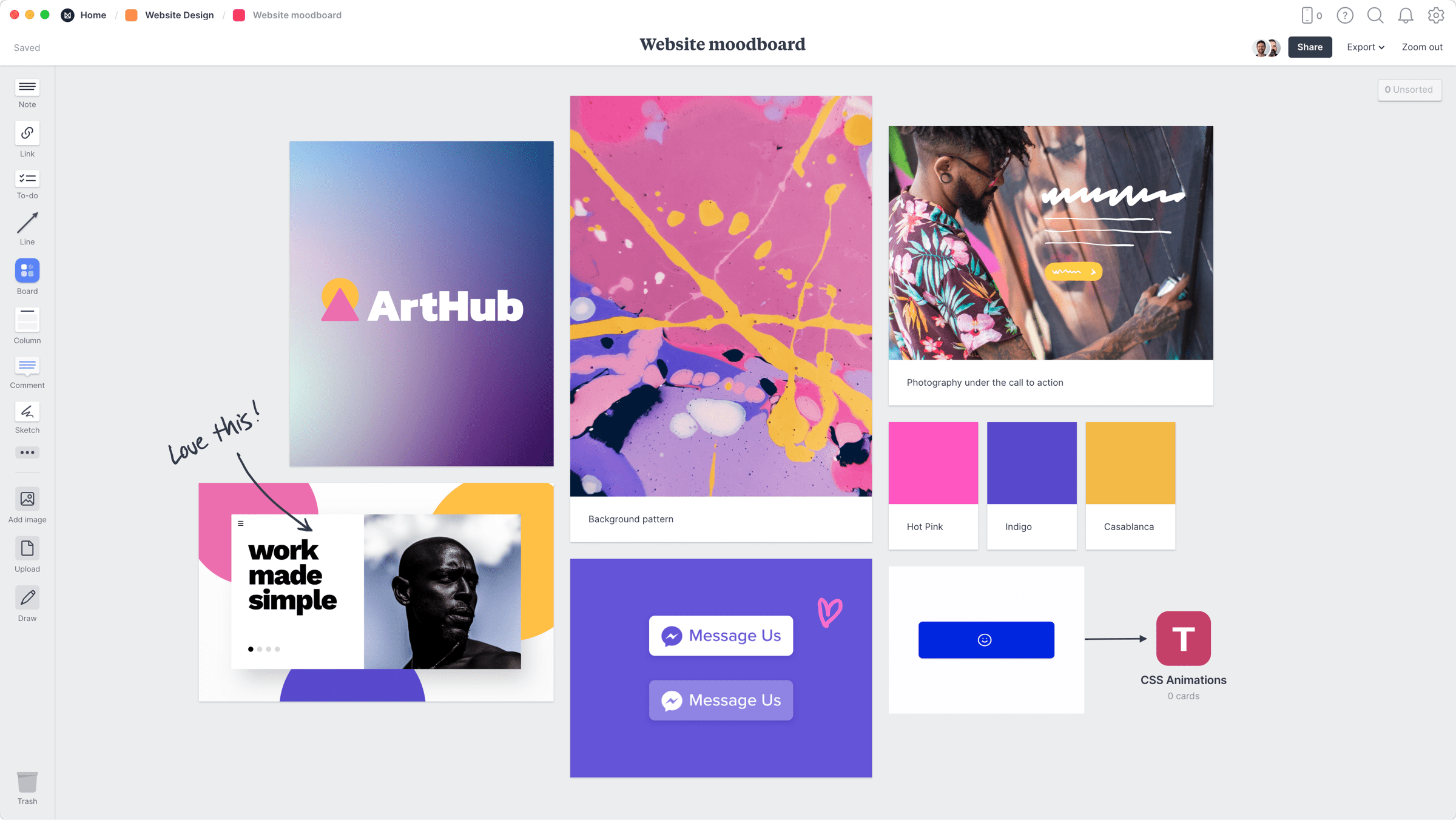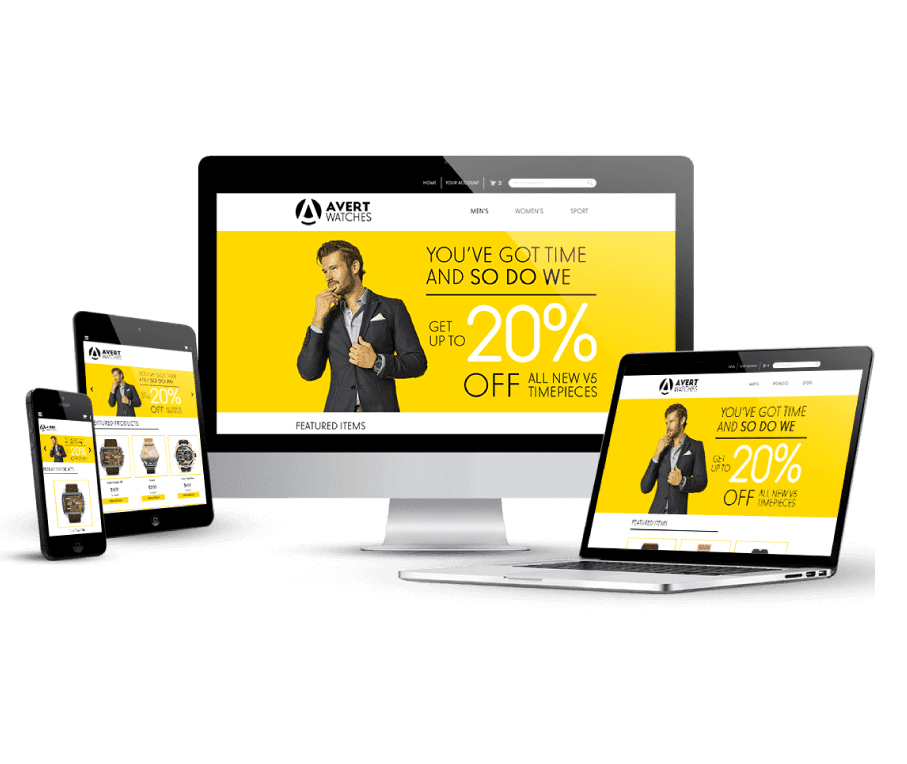Why Every Organization Demands a Solid Website Design for Online Exposure
Wiki Article
Key Strategies for Carrying Out User-Centric Web Site Design to Boost Interaction
When thinking about the application of user-centric website design, certain methods are instrumental in boosting engagement. Complete research study into user requirements and preferences creates the foundation, assisting the creation of user identities to inform style selections. Individualizing content improves customer contentment, and durable access attributes expand reach.Comprehending Customer Requirements
Recognizing user requirements is an essential action in the procedure of user-centric site style. Strategies such as studies, interviews, and individual screening can give valuable qualitative and quantitative data regarding just how customers interact with the site.Evaluating this information permits developers to develop thorough customer personalities that stand for the different sections of the target audience. These identities assist notify style choices by highlighting certain individual objectives and obstacles, leading the growth of attributes that attend to these requirements properly. Additionally, understanding the context in which customers operate-- such as their setting, gadget choices, and time constraints-- can even more improve the layout strategy.
Compassion plays a crucial duty in this procedure, allowing designers to see the website from the customer's point of view. By prioritizing user demands, the style process becomes more concentrated, protecting against the incorporation of unnecessary elements that can clutter the user experience. Inevitably, a deep understanding of individual needs is crucial in crafting a web site that is both meaningful and useful.
Designing Instinctive Navigating
Having developed an extensive understanding of customer requirements, the next action in user-centric website design involves developing user-friendly navigating. Efficient navigating is fundamental to individual complete satisfaction, affecting how conveniently users can locate information and total jobs. To accomplish instinctive navigation, designers have to prioritize simpleness and clarity, making certain that the navigation framework is sensible and consistent throughout the site.Organizing content right into a clear power structure is vital. Website Design. Using familiar labels and symbols can lead users effortlessly, lowering cognitive load and enhancing the general customer experience. A properly designed navigation bar ought to be prominently put, permitting customers to recognize their present area and easily check out other sections of the website
It is likewise crucial to integrate interactive components such as breadcrumbs and search functionalities to assist customers in browsing facility sites. These functions give added paths and enhance the accessibility of content, dealing with different user preferences and behaviors.
Evaluating navigation with real customers is necessary to determine potential pain factors and ensure functionality lines up with individual expectations. Regular feedback loops and repetitive enhancements can assist keep a reliable navigating system that adapts to advancing individual demands, inevitably improving involvement and satisfaction.
Producing Responsive User Interfaces
Invariably, developing responsive user interfaces is a critical facet of contemporary web style, guaranteeing that internet sites are easily accessible and functional throughout a multitude of gadgets and display sizes (Website Design). This flexibility is essential in a landscape where customers gain access to web content through smart devices, desktop computers, tablets, and laptop computers, each with differing resolutions and orientations. The key objective of responsive style is to boost user experience by maintaining ideal readability and use, no matter of the device usedTo accomplish this, internet developers use flexible grid layouts, fluid pictures, and CSS media queries. Flexible grids enable web site elements to resize proportionally, while fluid images guarantee visuals range appropriately without losing high quality. Media questions play a vital role by applying different styles based on the device's click here for info qualities, such as size, positioning, and height, therefore customizing the design to the user's screen.
Furthermore, responsive user interfaces add to boosted seo (SEARCH ENGINE OPTIMIZATION) by using a seamless individual experience, which in turn can decrease bounce rates and rise website interaction. In summary, adopting receptive layout is not simply a technical consideration but an important method for cultivating a user-centric internet atmosphere that meets the needs of a varied audience.

Individualizing Content Experience
Customizing content experience is a vital element of user-centric site design that involves customizing web content to satisfy the special preferences and behaviors of specific customers. This technique not only enhances customer fulfillment however likewise fosters over here much deeper interaction, as visitors are extra most likely to communicate with content that reverberates with their passions and requirements. By leveraging data analytics and user responses, companies can identify patterns and fads that notify the customization of internet content.Including customization strategies can range from easy adjustments, such as advising products based upon surfing history, to a lot more sophisticated strategies like vibrant content that adapts in real-time to a customer's interactions. Individualized landing web pages can significantly enhance conversion prices by providing individuals with pertinent information and uses that straighten with their previous activities and preferences.
In addition, making use of man-made knowledge and artificial intelligence can better refine content customization by continually gaining from individual habits and adjusting to arising trends. This not only improves the individual's trip yet additionally builds brand loyalty, as clients really feel recognized and valued. Inevitably, personalizing the content experience is a necessary approach for businesses aiming to produce an extra interesting and meaningful communication with their audience.
Enhancing Ease Of Access Features
Enhancing ease of access functions is a basic element of user-centric internet site style, ensuring that digital web content published here is useful by every person, consisting of individuals with specials needs. This approach not just follows lawful requirements such as the Americans with Disabilities Act (ADA) and the Web Material Ease Of Access Guidelines (WCAG) however also considerably expands a web site's audience reach. By incorporating features like keyboard navigating, display visitor compatibility, and different text for images, web sites become extra comprehensive, supplying a smooth experience for individuals with aesthetic, acoustic, or electric motor impairments.Incorporating receptive design elements is important, facilitating gain access to on various gadgets and display sizes, thus accommodating customers with different preferences and demands. Furthermore, contrast proportions and text size changes can improve readability for people with aesthetic obstacles. Providing succinct and clear web content framework, such as headings and lists, help comprehension and navigating, particularly for individuals with cognitive disabilities.
Normal access audits ought to be carried out to recognize and rectify potential barriers, making certain ongoing compliance and usability. By prioritizing access, services not only foster inclusivity however also boost total customer involvement and complete satisfaction, inevitably driving greater conversion rates and reinforcing brand name commitment.

Verdict
Integrating user-centric layout techniques dramatically improves internet site engagement by prioritizing the requirements and preferences of customers. Detailed study facilitates the development of customer identities, assisting targeted design decisions. Instinctive navigating and receptive user interfaces improve use and accessibility across tools. Individualizing content based upon customer behavior raises complete satisfaction, while robust access features expand target market reach. Jointly, these techniques develop a purposeful on the internet experience, promoting much deeper engagement and communication with the website.Complete study right into user requirements and preferences develops the foundation, assisting the creation of customer personas to educate style choices. Strategies such as surveys, meetings, and individual testing can provide useful qualitative and quantitative data regarding how customers connect with the website.
By prioritizing customer needs, the design process becomes extra concentrated, protecting against the inclusion of unnecessary components that could clutter the customer experience. Effective navigation is fundamental to individual contentment, influencing just how easily users can find information and total tasks. The usage of familiar labels and symbols can direct users effortlessly, lowering cognitive load and enhancing the general user experience.
Report this wiki page